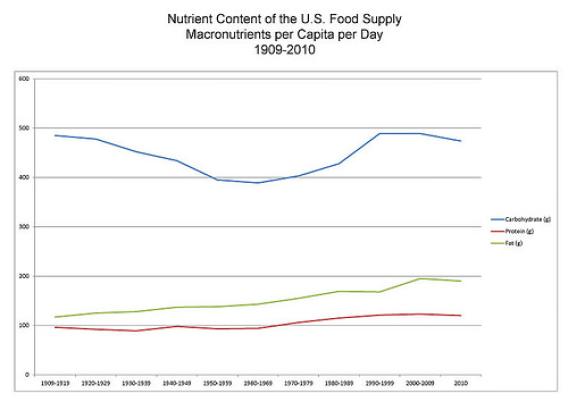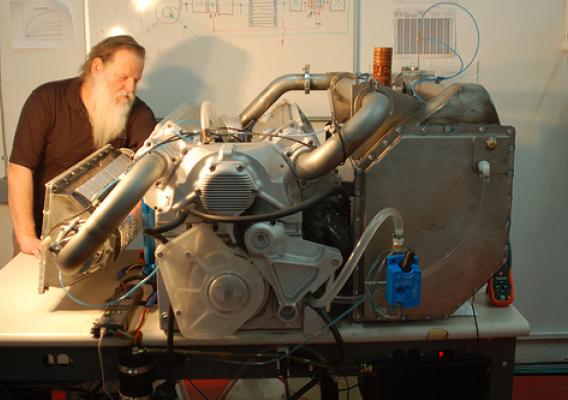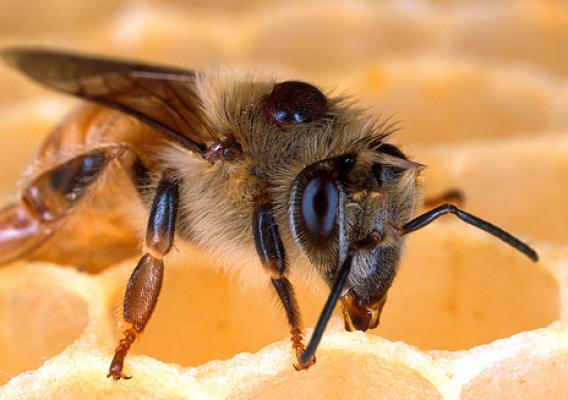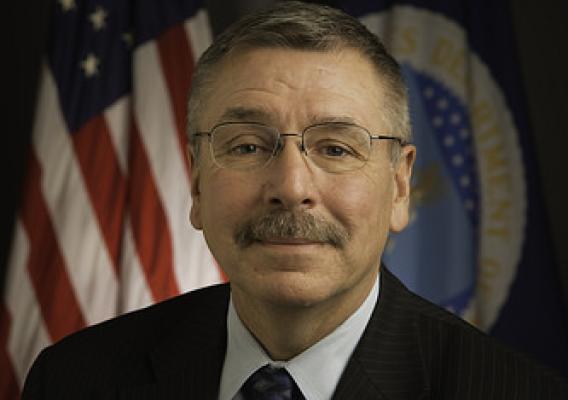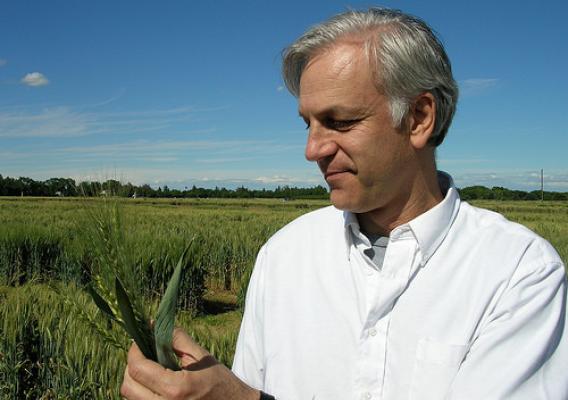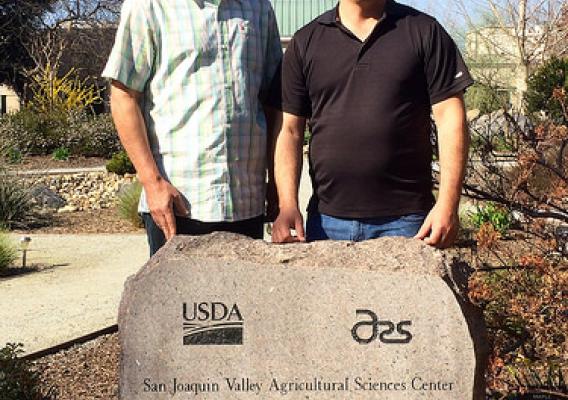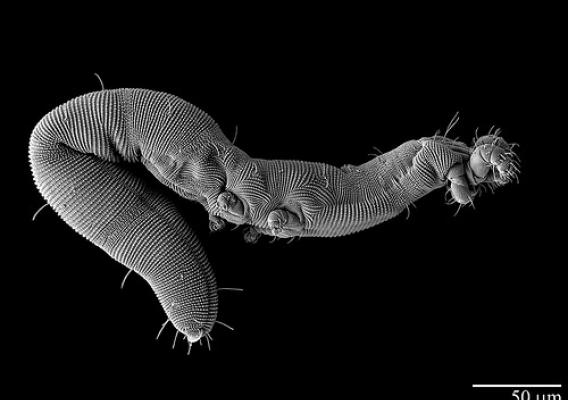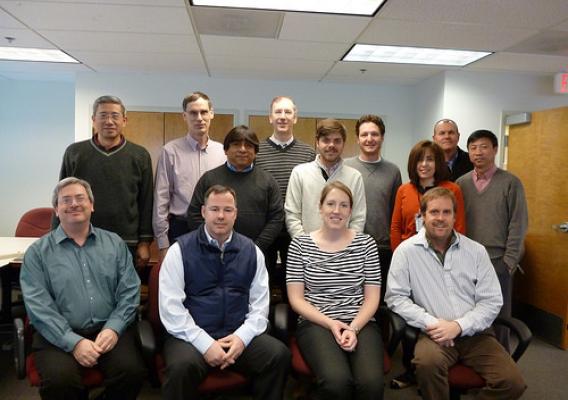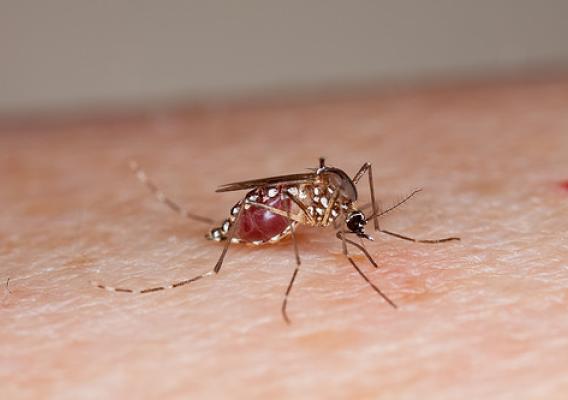This post is part of the Science Tuesday feature series on the USDA blog. Check back each week as we showcase stories and news from the USDA’s rich science and research portfolio.
During the month of April we will take a closer look at USDA’s Groundbreaking Research for a Revitalized Rural America, highlighting ways USDA researchers are improving the lives of Americans in ways you might never imagine.
Over the past several decades, satellite imagery has emerged as one of the most valuable new tools in modern agriculture. At USDA’s National Agricultural Statistics Service (NASS), we strive to remain at the forefront of this technology to continually advance our statistical products in service to U.S. agriculture. To keep abreast of how our counterparts in other countries are implementing this exciting new technology, last month we hosted representatives from the Canadian and Mexican agriculture departments in a Tripartite meeting. As geographic neighbors and statistical collaborators, we are particularly interested in each others' work and how we can learn from each other.
It was exciting to see that Statistics Canada, working with Agriculture and Agri-food Canada, is researching new remote sensing-based yield models, using vegetative indices, agro-climactic data, and survey data for 21 crops. As a result of this innovation, Stats Canada is planning to use only remote sensing to set their official estimates for these crops rather than conducting traditional surveys. This is a tremendous step forward for a statistical estimates program that we will be watching with great interest.

